The Change Alley Money Changer continues to be a pillar of Singapore’s financial stability even as fintech apps continue to gain popularity due to their slick user interfaces and promises of mid-market exchange. The renovated shopping corridor, which is tucked away between imposing landmarks like Hitachi Tower and Chevron House, continues to attract a steady flow of foot traffic due to its historical significance as well as its remarkably favorable exchange rates.
The original Change Alley was a tangle of crammed booths, makeshift tables, and salespeople juggling wooden boxes containing cash, watches, and pens decades ago. The atmosphere is much different now—cleaner, cooler, and less chaotic—but the basic idea is still the same: people come here to get value. Change Alley continues to provide one of the most reliable and effective exchange experiences in the city, especially during periods of market volatility.
Change Alley Money Changer Overview
| Attribute | Details |
|---|---|
| Location | Between Hitachi Tower and Chevron House, Raffles Place, Singapore |
| Historical Significance | Originated in 1890; named after London’s Exchange Alley |
| Core Service | Currency exchange at competitive rates |
| Popular Nearby Areas | The Arcade, Lucky Plaza, Mustafa Centre, Chinatown |
| Primary Users | Tourists, foreign workers, business travelers, locals |
| Offered Currencies | USD, EUR, MYR, THB, TWD, JPY, KRW, CNY, PHP, AUD, GBP, and more |
| Modern Facilities | Real-time rate boards, air-conditioned arcades, remittance services |
| Staff Skills | Multilingual, customer-focused, experienced in quick transactions |
| Trusted Platform | CashChanger.co provides live comparison rates from verified changers |
Exchanging money at Change Alley is a conscious decision for seasoned tourists. These money changers provide surprisingly inexpensive options for both major and exotic currencies, in contrast to airport counters that frequently charge much more due to skewed rates and hidden fees. Recently, a customer reported that, even after fees were taken into account, they were able to convert euros to Singapore dollars at a rate that was noticeably better than banks or apps after comparing live rates online.
The way changers function is what gives them the capacity to provide genuine value. The bid-ask spread, a tiny but calculated difference between the prices at which they buy and sell currencies, is how most people make their margin. However, transparency is just as important as the rates. These changers let customers compare and make a decision before joining a line by utilizing real-time LED boards and collaborations with websites such as CashChanger.co. In addition to being consumer-friendly, this approach is incredibly successful at fostering enduring trust.
It’s easy to see how Change Alley’s legacy has changed as you stroll through the current iteration. There are now well-maintained kiosks with employees who speak English, Mandarin, Malay, and even a few words of French or Russian—enough to close a deal—instead of the roving vendors who used to shout in several languages. These experts are aware of how urgent foreign exchange is, particularly for passengers on flights or for employees sending money home from abroad. Time-sensitive situations continue to benefit greatly from their responsiveness.
These days, a lot of booths provide cross-border transfer options and remittance services in addition to currency exchange. Particularly for business owners managing foreign suppliers or digital nomads managing multiple accounts, this expanded utility is immensely flexible. It could be argued that Change Alley Money Changer now serves as a decentralized financial bridge, simplifying processes and releasing clients from the inflexible frameworks of conventional banking.
The resilience of Change Alley is a powerful narrative in the context of Singapore’s economic development. Many people were afraid that the alley would become obsolete in the 1970s and 1980s as shopping malls took the place of street markets and travel habits changed around the world. However, through careful renovation, it made a comeback in the 1990s as a contemporary, air-conditioned arcade, making just enough changes to stay relevant while maintaining its primary purpose.
The way residents and tourists deal with money has significantly improved thanks to Change Alley changers, who have combined technology and customer service with street-level financial services. Their in-person service still provides something algorithms cannot match—human assurance—despite the digital cacophony of apps. Given how impersonal and sterile many banking interactions have become, this human-centered approach is especially novel.
Platforms like CashChanger, which crowdsource data and publish it in real time, make rate comparisons simple. Users support an open ecosystem by taking pictures of rate boards and posting them online. It is a straightforward idea that is incredibly effective at assisting people in making well-informed decisions. Some changers even provide WhatsApp confirmations or pre-ordering, which adds even more convenience for people with busy schedules.
Change Alley’s foot traffic decreased during the pandemic. However, the changers quickly adjusted as borders reopened and travel increased, enforcing hygienic measures, going cashless when required, and removing physical contact with digital displays. This flexibility showed that when companies pay attention to changing demands, they can stay remarkably resilient even after a century.
Change Alley changers are a necessary stop before flights, business trips, or family vacations for foreigners living in the financial district. As a reminder of how tiny stalls once drove large economies, it has sentimental significance for the locals. And for tourists, it’s a surprising find in a modern city where old-world charm and efficiency coexist.
Every transaction has a backstory, whether it’s a tourist exchanging yen for souvenirs, a worker converting pesos for a weekend home transfer, or a mother exchanging Thai baht for her son’s school trip. These everyday, low-key microtransactions keep connecting people, currencies, and moments across national boundaries. This surprisingly inexpensive alleyway service facilitates that human connection, which is what keeps Change Alley Money Changer not only alive but flourishing.
